#quechua
Text

Quechua boy, Peru, by Ashley Suszczynski
#quechua#peru#america#south america#folk clothing#traditional clothing#traditional fashion#cultural clothing
597 notes
·
View notes
Text
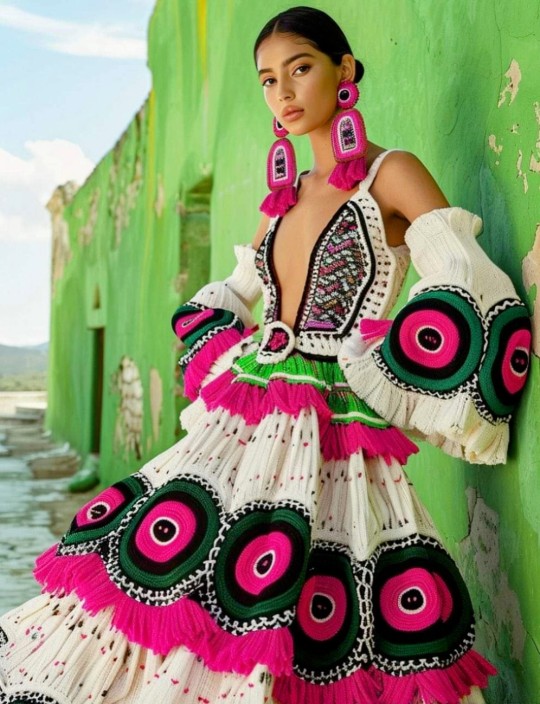
Quechua: Peruvian Landscape
236 notes
·
View notes
Photo

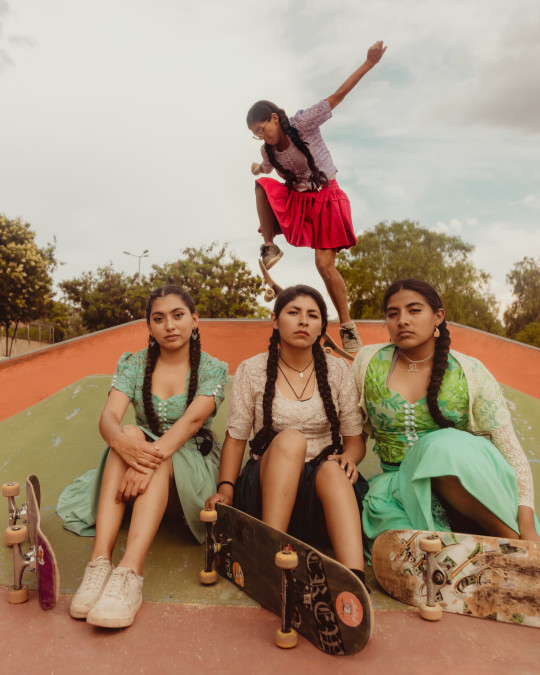
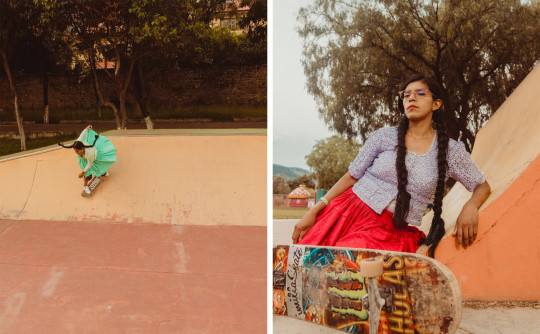
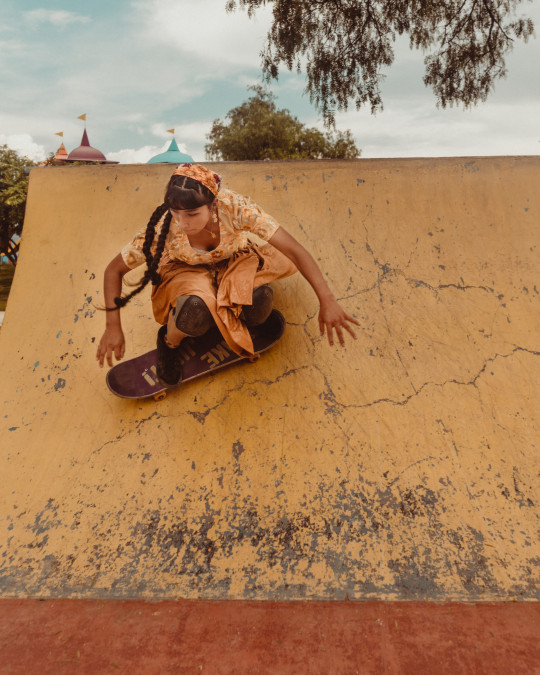

- Celia D. Luna, “Cholitas Skaters” (2023)
Bolivia’s Indigenous Quechua and Aymara women, known derogatorily as “cholitas,” were marginalized and ostracized from society. Distinguished by their long braids, wide skirts, and bowler hats—an amalgamation of styles resulting from Spanish colonizers forcing Indigenous people to adopt European styles during the Inquisition—the style evolved into a symbol-rich, empowered look.
#chromatic voice#we all make art#celia d luna#quechua#aymara#indigenous people#indigenous women#usermarmalade
815 notes
·
View notes
Text
Why I hate conlangs
A conlang (constructed language) is one that was consciously created for some purpose—usually either fiction or global communication—rather than one that developed naturally (Crystal 2008; Wikipedia). Some well-known examples include:
Dothraki, Valyrian (Game of Thrones)
Esperanto
Na’vi (Avatar)
Quenya, Sindarin (Lord of the Rings)
Klingon (Star Trek)
Atlantean (Atlantis: The Lost…

View On WordPress
#American Sign Language#Atlantean#Cantonese#conlangs#Cree#Dothraki#endangered languages#Esperanto#Kikuyu#Klingon#language revitalization#Na&039;vi#Navajo#Nuuchahnulth#Ojibwe#Quechua#Quenya#Sindarin#Star Wars#Valyrian
50 notes
·
View notes
Text
I was just in Detroit, for reasons, and stopped in at their Detroit Institute of Arts
and now I have to compose an email to the curation team
because I believe that they are Wrong about this pot:
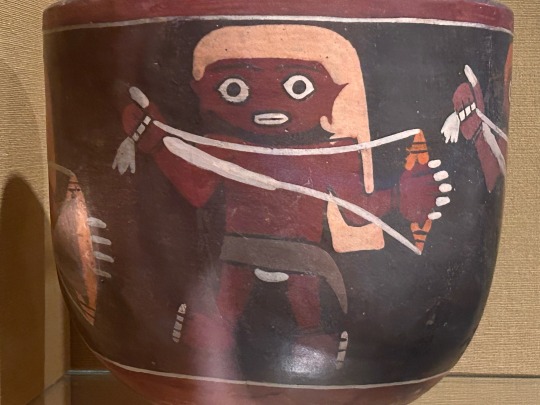
The display label said “Bowl Painted with Children Spinning Yarn, about 400, Ceramic, Unknown artist, Nasca culture, Peru.” (The collection label is “Bowl Decorated with Men Spinning, between 200 BCE and 200 CE, Nazca, Precolumbian” which is a weird discrepancy but not the point)
The point is, this simply isn’t what spinning looks like. I don’t think anyone in human history has attempted to make yarn this way. It is certainly not how the Nasca bead spindle or the modern Southern Quechua pushka are used.
I’m fairly certain that they are actually holding slings, slingshots. Virtually unchanged from the Nasca culture to the modern Southern Quechua, with a tassel at one end and a slit pouch.
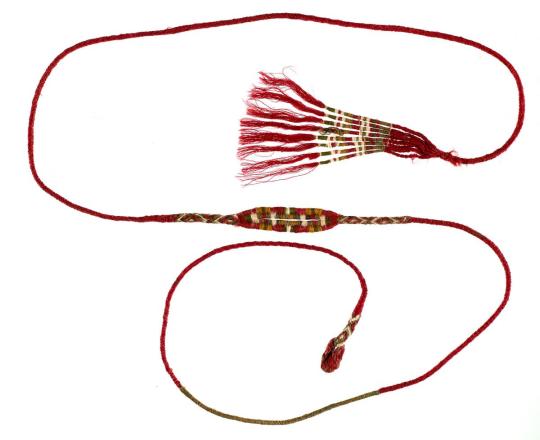
@tlatollotl care to give me a vibe check? before I compulsively pester an institution?
#undescribed#hand spinning#spinning#handspinning#yarnblr#museum#museum curator#nazca#quechua#peru#precolumbian#precolumbian art
123 notes
·
View notes
Text
youtube
URPI: Her Last Wish (2023, dir. Sisa Quispe)
#somethingneweveryday#cinema#sisa quispe#short film#short movie#quechua nation#ifp student short film showcase#quechua#film#suni sonqo vizcarra wood#kenia chavez ccahuana#focus features#student short film showcase#walker hull#daniel teodoro#adriana cespedes#juan abel ojeda llanos#something new every day#marta tenorio#jimmy mercado#Youtube
30 notes
·
View notes
Text
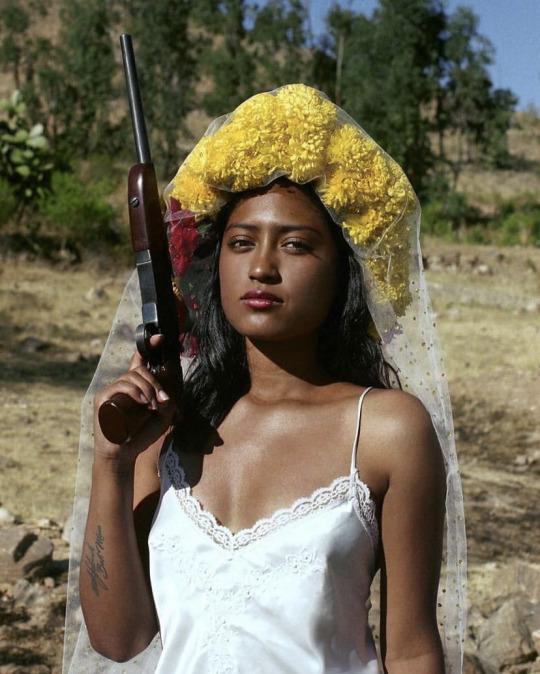
#art#photography#marisol mendez#bolivia#latin america#native american#aymara#quechua#women by women#photographs
61 notes
·
View notes
Text
Quechua might be Peru’s second-most spoken language but it’s also a language in decline. One young girl is working hard to save it, by combining Quechua with pop music.
81 notes
·
View notes
Note
i am very new to learning quechua and am having trouble finding resources to learn, do you know any? i also need some pointers on how to learn a new language from scratch since i dont really know where to start
Imaynalla kasanki :)
I have a few resources, although the vast majority of them are from Spanish (I see an Argentine flag in your bio, so I'm hoping that isn't a problem).
English resources:
This website has extremely basic survival Quechua and audio in English, along with the romanization of words and phrases to pronounce them.
Here is extremely basic vocab for Bolivian Quechua; words only.
This wonderful source has a basic internet course for Quechua and if you explore it a bit includes a ton of information about the language along with places and people to contact that can help teach you.
Here is a very famous movie in Quechua with English subtitles that you can watch for free.
The movie Retablo is free on Tubi. It's about a Runa boy in Peru discovering his father isn't actually heterosexual and the repercussions he faces in the community and his own family because of it. Subtitles in English.
The Quechua Collective of New York periodically offers Quechua classes on Zoom, if you're willing to spend $90 for a 12-week course.
If you are extremely serious about learning Quechua, there are multiple universities that offer online courses with 101/201 usually in the Fall and 102/202 in the Spring. Purdue University, Oberlin College, Indiana University, UChicago, UPenn, University of Michigan, Northwestern University, East Carolina University, and the Ohio State University all offer courses, with all of them for sure offering online options except for UPenn and UMichigan--those I'm not sure. Expect to pay no less than $1500 for each course.
Spanish resources:
This podcast series is on Apple Podcasts and can help if you have a basic level already.
Here is an app from the Ministry of Tourism in Peru that can help with basics.
Here is a free online course for Quechua Chanka.
This is an extremely tedious but helpful guide pdf from Spanish.
Online games making the learning process a little less painful.
If you really want a resource for the Collao dialect and don't mind dropping some coin, this course is about $15 and will give you a certificate at the end.
This is made by the same people right above in the Collao dialect, but free.
Here's a super rare audio course for Kichwa Inga made by Indiana University.
Here's an online translator that can theoretically translate from English too but works best in Spanish.
These Spanish Youtube channels teach some Quechua.
This monstrosity of a pdf that is half grammar/pronunciation and half vocab, in the Sureño dialect but the Peruvian one rather than Bolivian.
Here's a ginormous pdf of a Quechua-Spanish dictionary.
This pdf on Scribd. Scribd makes you do a free trial, but you can download as much material to your pc as your heart desires. I highly recommend that you do a trial, find and download as many relevant resources as you can, and then end the trial before the 30 days is up.
This wonderful human being's Instagram. T'ikita hasn't posted her usual reels and tiktoks lately but if you scroll back a little she has a ton of helpful videos in her Quechua Chic series with Bolivian Quechua. I also paid $25 a month to have Zoom lessons with her which we did using a mix of English and Spanish. She was amazing, but I feel like she would definitely prefer to teach in Spanish is why I'm putting her in this section. I think she may still do group classes but I'm not sure.
Wilfredo also teaches Bolivian Quechua from Spanish and has his WA number in his bio. My boyfriend took classes with him and seemed to enjoy it.
Qhalincha makes helpful instagram reels and offers group classes at an affordable price; I think she speaks Bolivian Quechua but I'm not 100% sure.
This is a general instagram account that teaches different dialects of Quechua.
This is like the above, but this Instagram has organized group courses seemingly at an affordable rate.
Peru's Catholic University has an online Quechua class (courses ranging from 1-2 months) that meets daily. The 2 month class is about $75.
Again, if you are EXTREMELY serious about learning Quechua, then the Centro Tinku program takes place in Cusco where you live with a Runa family and have the language taught to you in Spanish. If you're not attending a partner University with the organization, you may email [email protected] to enroll directly with Centro Tinku. The cost is a whopping $4100, but Centro Tinku also offers 50% scholarships on tuition costs to Latin American students not eligible for other funding. UMich has more info about it here.
Bilingual resources:
This nifty lil page has a basic course.
This one is also like the above.
This SUPER beyond helpful Discord channel where you have speakers to actually talk to.
Here is an entire Google Spreadsheet of affordable online Quechua teachers.
Listen to Renata Flores. She doesn't have many songs on here at the moment and isn't a native speaker, but I love her rap. She's super popular in Peru.
Italki has super cheap Quechua tutors. While most of the tutors teach in only Spanish and Peruvian/Cusco dialects, there is at least one who can teach from English a range of dialects such Boliviano, Cusco, and even Ecuadorian Kichwa.
I also have pdfs for Quechua resources including the insanely rare and critically endangered Cajamarca dialect, but considering the source has been taken down every time I see it pop up on the internet probably due to copyright violations, I 100% don't feel comfortable posting it here. If you trust me enough, I can email it to you or whomever seriously wants their hands on it.
Now, as for learning a new language, I would say don't even try to start until you've organized yourself a bit and set up goals for what you want to achieve. Sure, you want to learn Quechua, but there's always more learning to do with language acquisition. Where do you want to be in 3 months? Do you want to be able to introduce yourself and count and know colors? Start small, and build from there.
I think ChatGPT may be useful here too with creating outlines for achieving language learning goals if you prompt it with something along the lines of "I want to learn Quechua. I will spent 2 hours a day, 5 days a week studying. Set me up an outline and schedule I should follow in order to be conversational." (Yes, I used that exact prompt and it generated me a pretty solid learning schedule).
I will also always swear by flashcards and physically writing down new vocabulary and concepts. Practice speaking out loud to yourself even if it feels ridiculous. The Hellotalk app is also helpful as long as you are confident you can avoid random people insistently messaging you on it, and instead use it for native speaker interactions and corrections.
Best of luck <3
#quechua#learning quechua#quechua resources#quechua resource grand masterlist#quechua boliviano#quechua chic#quechua chanka#quechua sureño#english resources#castellano resources#spanish resources#kichwa#quichua#language learning#ask#quechua masterpost
94 notes
·
View notes
Photo

make it count
theme for the year. it’s a little late but it feels right though. no more excuses this time. seize these days. go the distance. extra mile. let’s get things done. each day, let’s make it count.
#themefortheyear#2023#running#make it count#travel#travel phtogoraphy#ayan villafuerte#philippines photographer#backpacker#lensblr#imiging#club imiging#decathlon#quechua#baguio#philippines
63 notes
·
View notes
Text

Quechua man, Peru, by Alex Azabache
#quechua#peru#america#south america#folk clothing#traditional clothing#traditional fashion#cultural clothing
393 notes
·
View notes
Text

Q'orianka Kilcher 🤍🪶🏔
Half Huachipaeri Quechua Andean
#ndn tumblr#native south american#brown skinned#andean#andean actors#Bipoc actors#Bipoc actresses#silver aesthetic#andean diaspora#ndn actresses#ndn actors#native american actresses#native peruvian#native andean#Q'orianka kilcher#quechua#huachipaeri
39 notes
·
View notes
Text
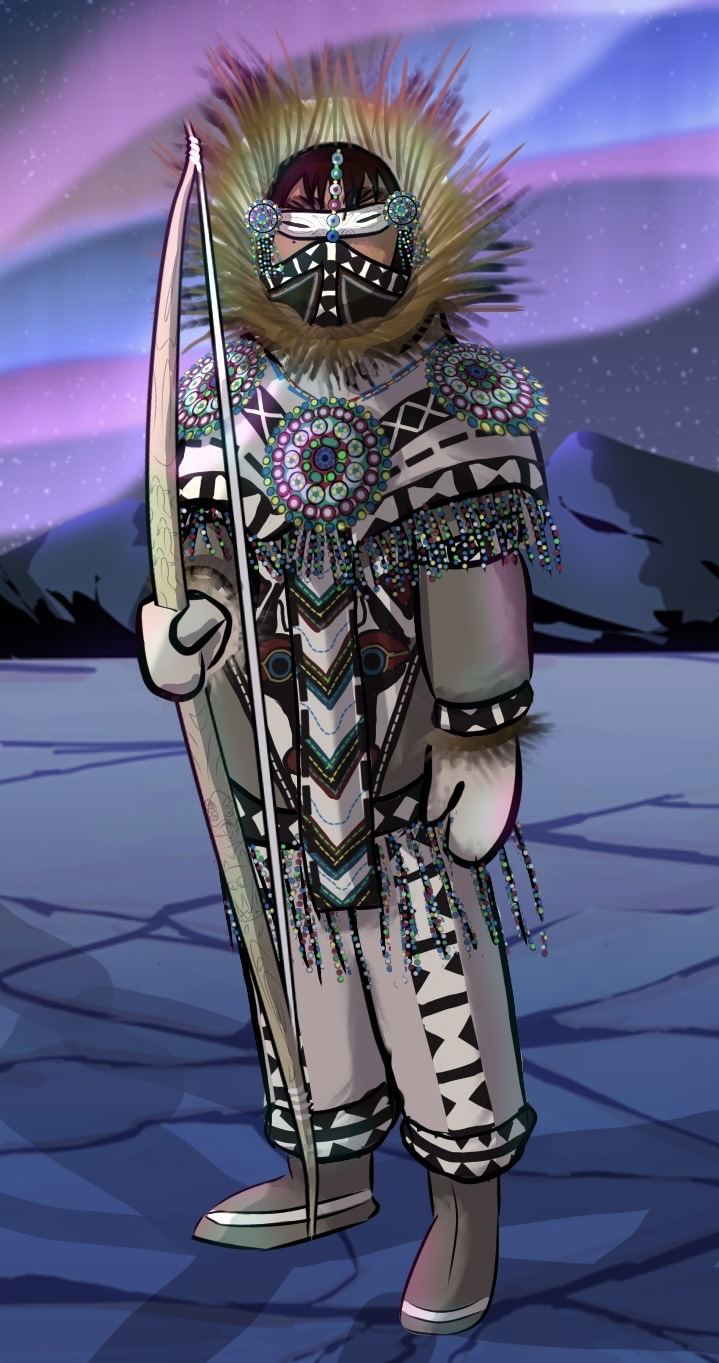
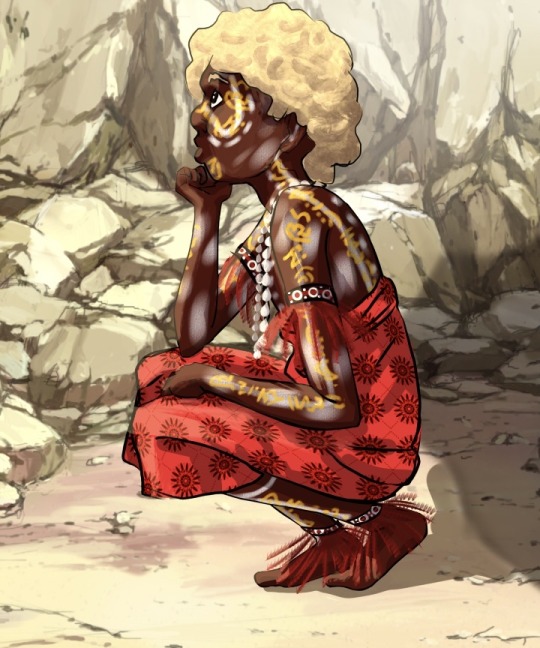


I made another one
#art#illustration#digital art#digital drawing#oc artwork#albinism#fantasy#fictional cultures#fantasy culture#loosely inspired by#inuit#rromani#quechua#aboriginal australian
12 notes
·
View notes
Text

Quechuas are one of the most abundant population in South America. We already saw them in Chile, also here, in Argentina, and another countries soon
#wangxian#mdzs#wei wuxian#lan wangji#mo dao zu shi#cql#mdzs art#ancient civilizations#pueblos indígenas#魔道祖师#adaptation#ancient#argentina#art#quechua
13 notes
·
View notes
Text
Machu Picchu. Wonderful place! Perú
116 notes
·
View notes
Text
INDIGENOUS ANDEAN SOUTH AMERICAN RESOURCES
The Anthropological Masterlist is HERE.
The Andean States are a group of South American countries that are connected by the Andes Mountain range. They are located in the north and/or west part of South America.
AVA GUARANÍ ─ “The Ava Guaraní, or Chiriguano, people are an Indigenous South American people. They are native to the foothills of the Andean Mountains.”
─ Ava Guaraní History
AYMARA ─ “The Aymara, or Aimara, people are an Indigenous South American people. They are native to the Altiplano region of South America.”
─ Concept of Time to the Aymara
─ Aymara Dictionary
CARIB ─ “The Carib, or Kalina, people are an Indigenous South American people. They are native to the northern coasts of South America.”
─ Carib Language
─ Carib Dictionary
CHANÉ ─ “The Chané are an Indigenous South American linguistic group that share the Arawakan languages. They are native to the foothills of the Andean Mountains.”
─ Arawakan Languages
INCA ─ “The Inca Empire, or the Inka Empire, was a pre-Columbian South American civilization that lived from the 13th century C.E. to 1572 C.E. They lived in the Andean highlands.”
─ Inca Architecture
─ Inca Religion
─ Pachacuti Inca Yupanqui (in Spanish)
MOCHICA ─ “The Moche, or Mochica, civilization was an Indigenous South American people that lived from 100 C.E. to 700 C.E. They were native to northern Peru.”
─ Moche Culture
─ Sex in Moche Culture
─ The Fall of the Moche
MUISCA ─ “The Muisca, or Chibcha, people are an Indigenous South American people. They are native to Colombia.”
─ Muisca Information
─ Muisca Religion (in Spanish)
─ Muisca Dictionary (in Spanish)
PAEZ ─ “The Paez, or Nasa, people are an Indigenous South American people. They are native to the southwestern highlands of Colombia.”
─ Paez Culture
─ Paez Language (in Spanish)
─ Paez Dictionary
QUECHUA ─ “The Quechua, or Quichua, people are an Indigenous South American linguistic group that share the Quechua languages and culture. They are native to Peru.”
─ Quechua Information
─ Quechua Culture
─ Quechua Language
TIWANAKU ─ “The Tiwanaku Empire was a pre-Columbian South American settlement. They lived in modern-day Bolivia.”
─ Tiwanaku Culture
WAYUU ─ “The Wayuu, or Wahiro, people are an Indigenous South American people. They are native to northern Colombia and northwest Venezuela.”
─ Wayuu Patterns in Mochila Bags
─ Wayuu Dictionary (in Spanish)
YARURO ─ “The Yaruro, or Pumé, people are an Indigenous South American people. They are native to Llanos in Venezuela.”
─ Ecological Culture of the Yaruro (in Spanish)
─ Yaruro Dictionary
183 notes
·
View notes